#art album
Explore tagged Tumblr posts
Text
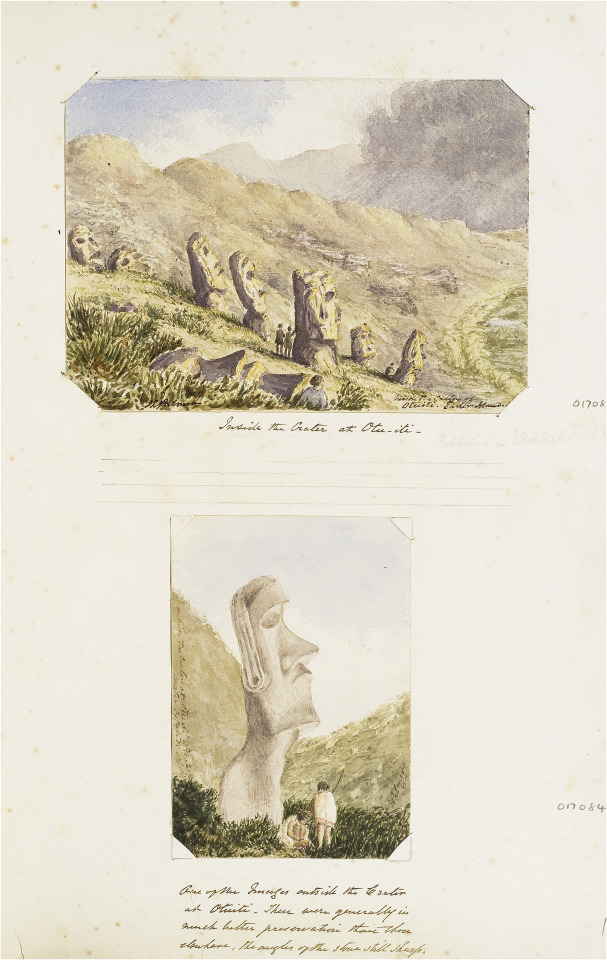
John Linton Palmer, Sketches of moai on Rapa Nui (Easter Island), Nov 1868, watercolour, Easter Island Album, F030/6 © RGS-IBG.
Above: ‘Inside the crater at Otu-iti’ (pencil annotation: ‘Published in Illustrated News’).
Below: ‘One of the images outside the Crater at Otuiti. These were generally in much better preservation than those elsewhere, the angles of the stone still sharp’.
"Linton Palmer’s later sketches indicate an enduring interest in forms of material culture, architecture and archaeology. In 1863, for example, he took leave from HMS Melville to travel for three weeks up-river from Canton with a fellow-doctor William Kane, Scots businessman James Banks Taylor, a missionary Orientalist (and the future Oxford Professor of Chinese) James Legge and his Chinese secretary Tsang Kwei-Hwan. Linton Palmer sketched Buddhist temples and pagodas along the way, although they were not included in a subsequently published account of the trip. Drawing was also to play a significant role in his later studies of the ethnology and geography of Rapa Nui, arising from HMS Topaze’s visit there in November 1868. Although he appears to have included drawings with a letter sent to England the following month, Linton Palmer’s account was published by the Ethnological Society without the drawings, as was another paper presented to the Royal Geographical Society. Nor did his sketches of the skulls (which were sent to Thomas Huxley) appear in print. At least one of his drawings from the Topaze was published in engraved form in the Illustrated London News before his return to London (20 March 1869), and other sketches may have reached wider public audiences in the same way.
...
Today Linton Palmer’s most well-known sketches are those he made on the island of Rapa Nui (Easter island) in 1868, during which one of the moai, Hoa Hakananai’a, was excavated from its underground resting place. The evidential quality of Linton Palmer’s writings on Rapa Nui have been questioned by later archaeologists, especially his supposed tendency to rely on what is regarded as hearsay rather than first-hand observation. However, his sketches of the sites of the moai and the marks upon them constitute a significant and in some respects a unique documentary record which still has value in archaeological study.
...
In view of the continuing debate amongst Rapa Nui specialists over the quality of Linton Palmer’s evidence, it is worth making two further points. The first concerns the place of accurate observation within his routine practice as a naval surgeon: it was his responsibility to observe the bodies of the crew, the condition of the ship and of the weather, and in this context precise documentation in multiple forms was essential. In a naval setting, moreover, the notion of isolated observation independent of ‘hearsay’ does not really make sense: here an observation which was not shared could not be tested or relied upon. The second point concerns Linton Palmer’s prior experience of archaeological survey which has hitherto been unknown. In fact, ten years before the Topaze voyage, Linton Palmer himself had undertaken the first field survey of the stone circle at Calanais (Callanish) in the Hebrides, just prior to its excavation..." - from Felix Driver, “Material memories of travel: the albums of a Victorian naval surgeon.” Journal of Historical Geography 69 (2020): 48.
#linton palmer#historical geography#art album#royal navy#rapa nui#moai#settler pacific#polynesia#indigenous history#british empire#academic quote#indigenous people#archaeology#archaeological survey
10 notes
·
View notes
Text
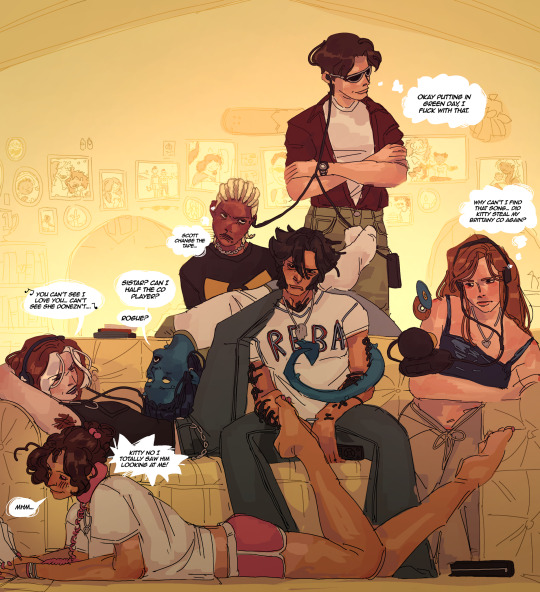
Logan trying to watch tv in peace; mission appears to be impossible. (Click on the image for higher quality)
#rouges listening to There’s your trouble by The Chicks#and Scott is listening to the weezer blue album#x men evolution#x men#x-men#rogue#anna marie darkholme#shadowcat#kitty pryde#nightcrawler#kurt wagner#spyke#evan daniels#wolverine#logan howlett#cyclops#scott summers#jean grey#my art#x-men evolution
9K notes
·
View notes
Text

the truth is stranger than my own worst dreams
oh the darkness got a hold on me
#meet me in the woods is PEAK gravity falls vibes#and kinda perfect for billford#i have an entire billford playlist but that’s neither here nor there#gravity falls#billford#stanford pines#bill cipher#my art#if i put even one person onto this album from lord huron i’ll be so happy#seriously go listen to strange trails
14K notes
·
View notes
Text
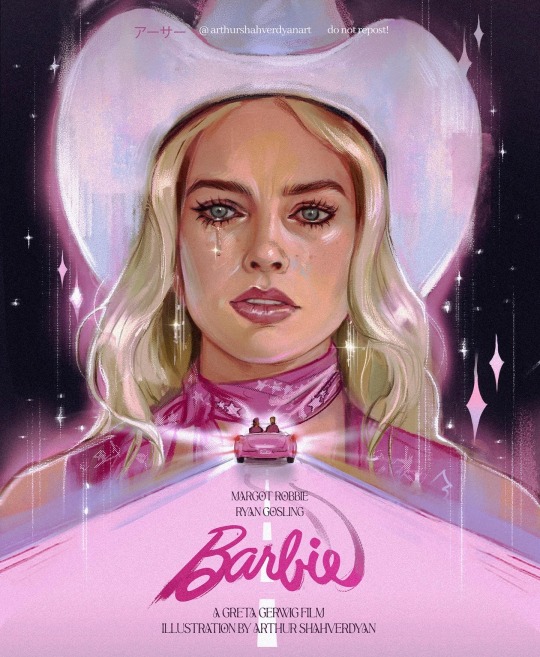
Humans only have one ending. Ideas live forever ✨💧💖
Ig arthurshahverdyanart
#barbie#barbie the movie#barbie the album#barbie 2023#margot robbie#barbie art#barbie fan art#margot robbie art#ryan gosling#ken#just ken#greta gerwig#character art#art#fanart#drawing#illustration#sketch#artwork#digital painting#movie poster#digital illustration#portrait#digital portrait#artist
67K notes
·
View notes
Text

Starting tomorrow I will be releasing brand new and original artwork for the next 10 days. Each will be an entry in my gallery "My Definition of a Composition" and will be followed soon after with a video showing how the design was created.
Stay tuned!
#my definition of a composition#art#artist#artwork#digital art#the imaginative hobbyist#art album#album#art gallery#online art gallery#adobe photoshop#photoshop
1 note
·
View note
Text

i'm never going to recover from this 🙇
5K notes
·
View notes
Text





▪︎ Album of seaweed specimens, in scallop shell binding.
Place of origin: Great Britain
Date: mid-19th century
#19th century#19th century art#art#history#museum#book#antique book#album#seaweed#specimens#scallop shell#shell#great britain#mid 19th century
11K notes
·
View notes
Text
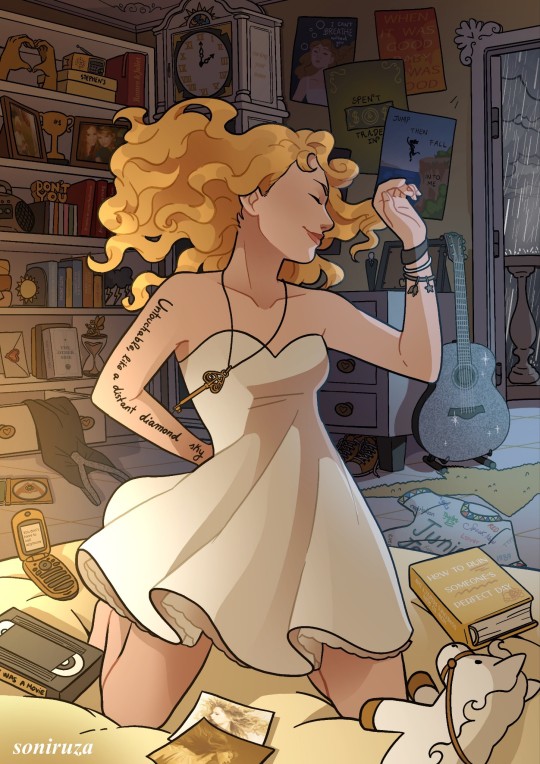
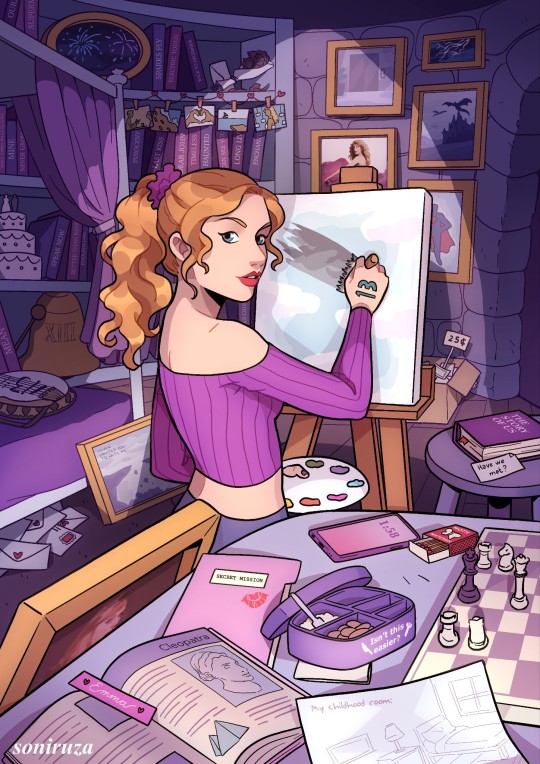

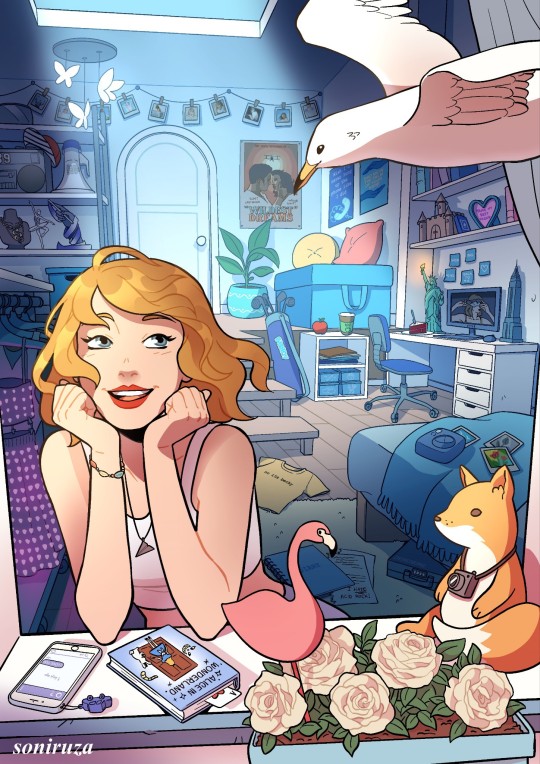
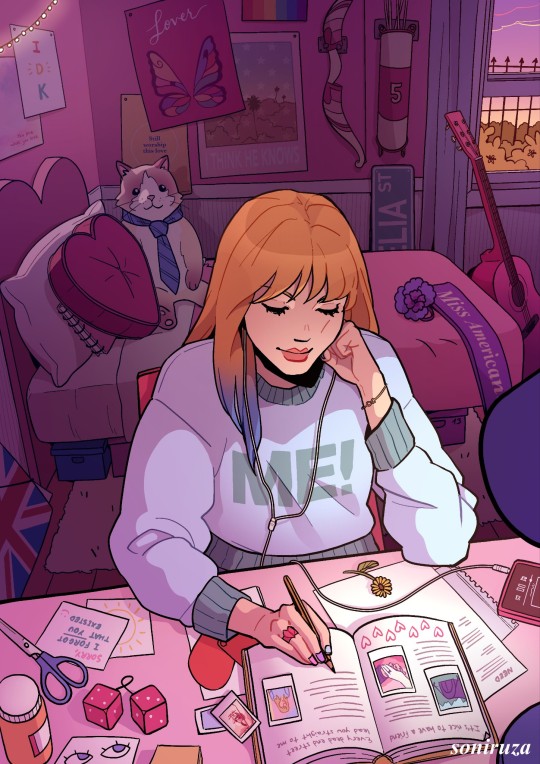

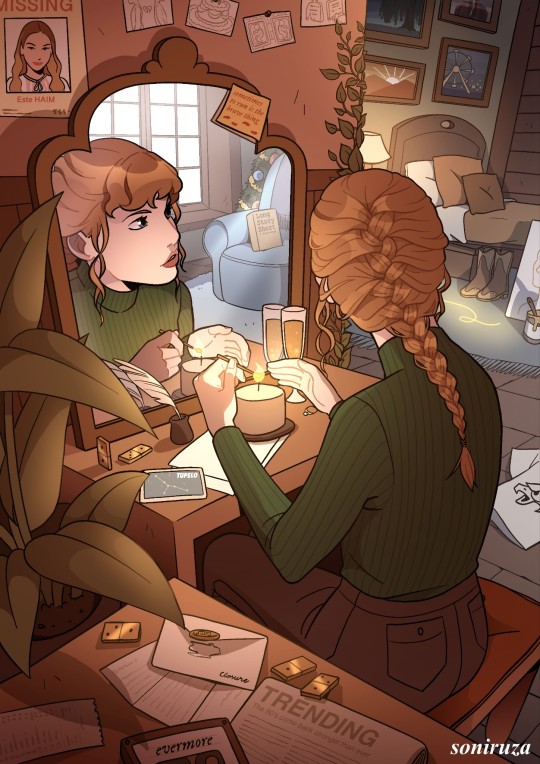
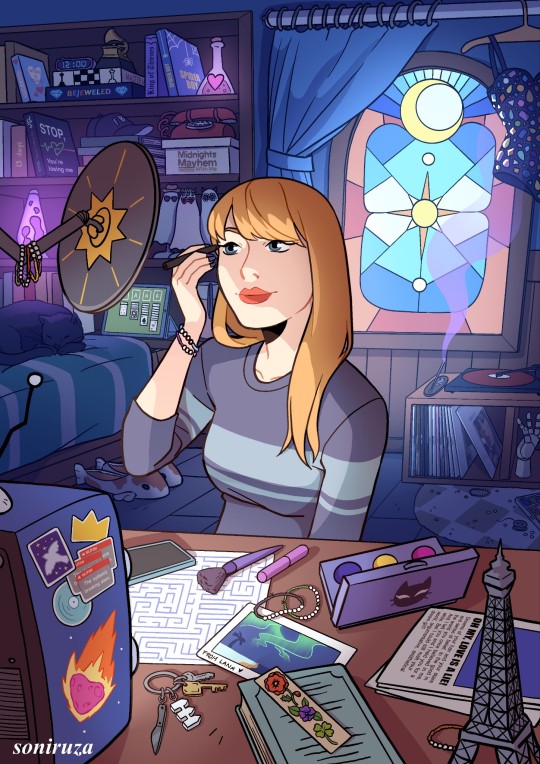
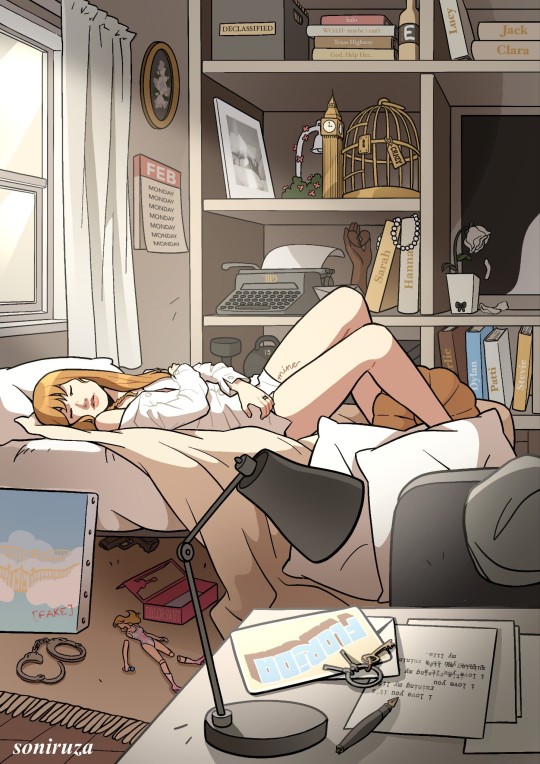
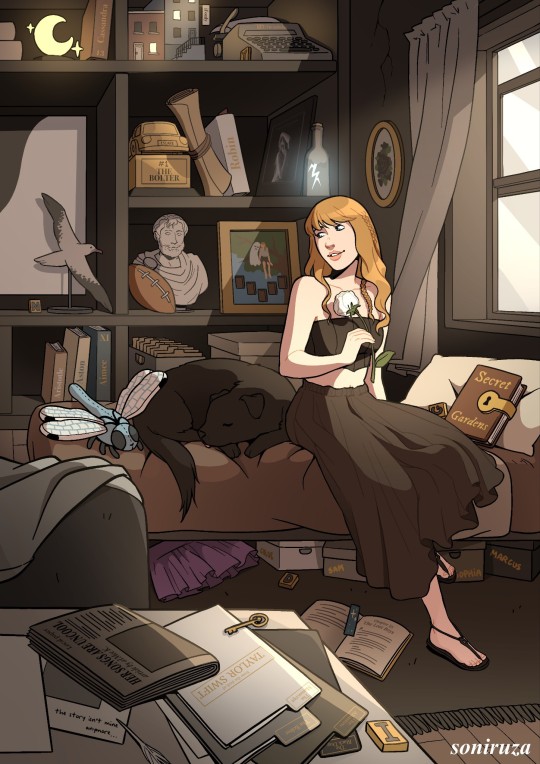
Appreciation post with every single Taylor Room I've done so far! 💛💜❤️🩵🩷🩶🤎💙🤍
The Taylor Swift Room and the Reputation Room won't be done until we have their Taylor's Version re-release (it would only be fair!).
#my art#taylor swift#swiftie#taylor#swifties#swifttok#the eras rooms#the eras tour#taylor room series#my artwork#fearless era#fearless#fearless taylor’s version#speak now taylor’s version#speak now#red taylors version#red album#1989 album#1989 taylor's version#lover taylor swift#lover album#folklore taylor swift#folklore album#evermore album#taylor swift evermore#ts10 midnights#midnights taylor swift#the tortured poets department: the anthology#ttpd
14K notes
·
View notes
Text
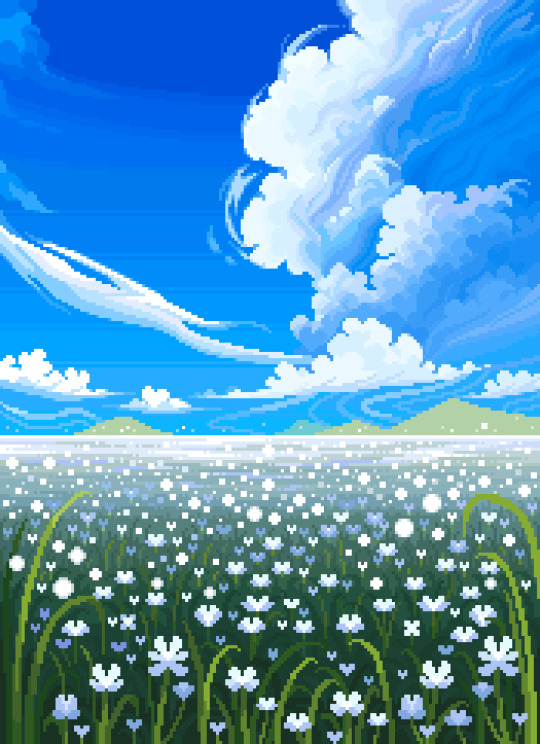
look at the sky, you're still here~ buy a wallpaper or leave a tip | bluesky | insta | my merch shop
#pixel art#artists on tumblr#illustration#pixelart#art#aesthetic#landscape#artwork#digital art#flowers#porter robinson#nurture#this album has been on repeat in my brain since i saw him live
7K notes
·
View notes
Text





Doey's 2/3 angsty traumatized teen, I think he'd love MCR
#poppy playtime#poppy playtime chapter four#doey the doughman#pianosaurus#I like to think Pianosaurus would have been a fun jokey kind of guy. He could have been so fun but nooo 10 seconds of screentime#he lives on in my heart. he gets a boss battle TO ME. He's so fun to draw please whyyyyyyyyy#Orange hand is Matthew (responsible 15y/o) Red legs is Kevin ('problem child') and short Yellow is Jackie (the kid who fell into the vat)#Jackie is too young and from a happy family. he would not know MCR. Matthew and Kevin would have listened to The Black Parade album on loop#Ignore that Black Parade came out in 2006 and Hour of Joy was 1995- emo music transcends time#my art
8K notes
·
View notes
Text

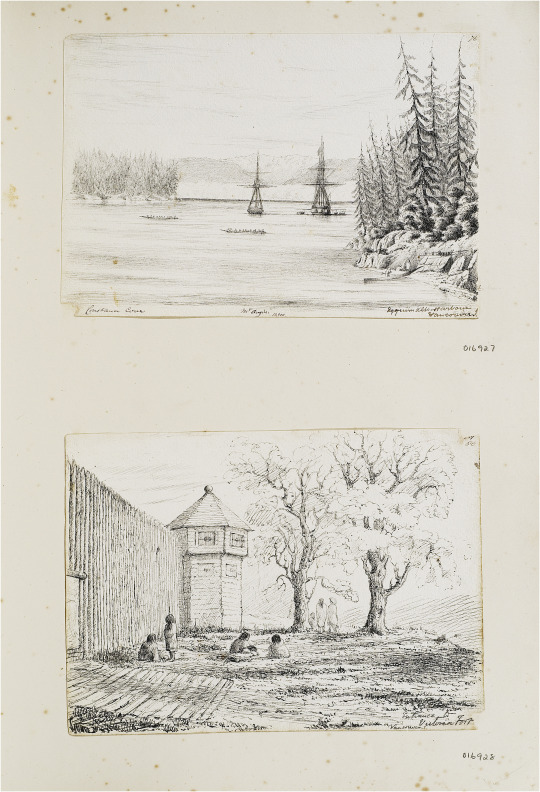


John Linton Palmer, Views near Fort Victoria, June–July 1851, pen and ink, From Chile to the Arctic Album, F030/4 © RGS-IBG.
First plate, top: Esquimalt harbour, with Constance Cove, and Mt Angeles in the distance.
First plate, below: ‘Entrance to Victoria Fort’.
Second plate, above: ‘Fort Victoria, Vancouver I.’.
Second plate, below: ‘From landing place at Victoria Fort’ [original caption].
Third plate: Sketches of people and artefacts, Vancouver Island, June–July 1851. Fourth plate: Tomb of King Freezy’s brother at the entrance of Victoria Inlet, B. Columbia, 1851′.
"In considering such archival images as traces of encounter, contemporary historians would of course seek to adduce more evidence about the meanings of such events for the participants, in this case both British and Hawaiian, situating these events in their time and place. From this perspective, the rituals of diplomacy, the expectations of the various parties, the knowing and unknowing ways in which these events were described, would all need to be investigated. The same is true of the many other examples of the art of encounter in Linton Palmer’s albums. From an art historical perspective, such imagery would also need to be carefully contextualized with reference to matters of style, genre and perspective. In many cases, as I have argued, the influence of the naval tradition of maritime view-making is clear. However, there is another way of seeing these visual archives, especially when encountered from a heritage perspective, in which the informational content – the documentary detail – may matter even more than the point of view.
In order to substantiate this final point, we should return to Linton Palmer’s Fort Victoria sketches. Fleeting views they may have been, but in their attention to detail – whether the rendering of the hair and adornments of the people he encountered, or the material evidence of Indigenous presence in the landscape – such pencil sketches by naval visitors sometimes record what other contemporary documents do not, and in ways that can be located precisely in space and time. The matt lodges around the Fort, the cedar plank houses across the harbour, a fishing station in the distance: all these features signal an active Indigenous presence at a particular moment preceding a disastrous era in the history of the Indigenous people of what became British Columbia. Since they were first made available to First Nations historians following their exhibition in a 2009 RGS-IBG exhibition (Hidden Histories of Exploration), Linton Palmer’s images have entered the visual archive of Indigenous history and made more widely available in digital form. In particular, they have been incorporated into understandings of local settlement history by Grant Keddie, a curator at the Royal British Columbia Museum in Victoria. As Keddie’s work indicates, there is an ‘archaeological’ way of reading such documents, cross-referencing with other sources of evidence about the precise geography and chronology of landscape change. As is clear from the contemporary significance of the Indigenous sites sketched by Linton Palmer, such work is far from merely of academic interest. In 2001, 150 years after the brief visit of HMS Portland to Fort Victoria, a claim was filed in Canadian courts asserting that the land on which the Parliament of British Columbia was built (near the original Fort) had originally been occupied by or promised to First Nations peoples. After a long and contested legal process, the Ministry of Aboriginal Affairs and Reconciliation eventually reached an out of court settlement with the representatives of the Esquimalt and Songhees nations, which has been valued at $31.5 million dollars. In this context, mapping the precise geography of Indigenous settlement in space and time mattered a great deal: in fact it truly was the multi-million dollar question. And in the process, as researchers and consultants pored over long forgotten maps and drawings not unlike Linton Palmer’s sketches, the visual archive of travel acquired a new value." - Felix Driver, "Material memories of travel: the albums of a Victorian naval surgeon." Journal of Historical Geography 69 (2020): 53-54
#linton palmer#historical geography#art album#royal navy#vancouver island#victoria#settler colonialism in canada#settler colonialism#indigenous land claims#indigenous history#british empire#canadian history#academic quote#first nations#indigenous people#british columbia history
6 notes
·
View notes
Text




various album covers
#homestuck#john egbert#rose lalonde#dave strider#jade harley#hs art#hs fanart#artist on tumblr#cannot seperate these guys#even though 90% of the time i only draw dave#dave fiend over here#bc i usually only have energy / ideas for one#i wanna do actual homestuck album redraws though#be so awesome#one day#maybe#when im not busy#(never)#dr art
5K notes
·
View notes
Text
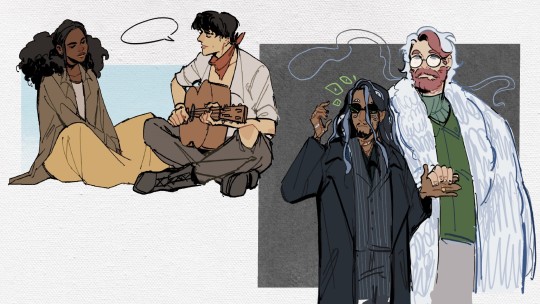
Hadestown au perchance
#art#sketch#tma#the magnus archives#sasha james#timothy stoker#tim stoker#jonathan sims#martin blackwood#in my brain timsasha orphydice is the og cast album and jmart orphydice is the broadway album#so. if at some point you see me draw jmart as orpheus and eurydice look away#hadestown au
12K notes
·
View notes
Text

All the way in battery city…
#and yes those are panels from the comic#i actually love this album so fuckin much#Danger days#mcr#my chemical romance#party poison#the true lives of the fabulous killjoys#fabulous killjoys#fun ghoul#jet star#kobra kid#my chem#my chem art#mcr fanart#my chemical fanart#my chemical romance fanart#mcrgerard#mcrfanart#mcrblr#mcr art#mcr5#mcr gerard#mcr5 is real#mikey way#frank iero#gerard way#my chemical fucking romance#ray toro#luxevamp#killjoys fanart
4K notes
·
View notes
Text

Happy danger days birthday
#danger days to me holds so much anger and grief#just as much as tbp imo#not just because of what was happening in the band at the time but#especially because it was supposed to be a happy + hopeful album#but Gerard relapsing and the tensions in the band at the time made it miserable#the album definitely has a positive message and the spirit of fun continues#but I can’t help but feel a lil sad listening to it#mcr#my chemical romance#gerard way#frank iero#my chem#mikey way#ray toro#mcr fanart#danger days fanart#danger days the true lives of the fabulous killjoys#my art
4K notes
·
View notes
Text
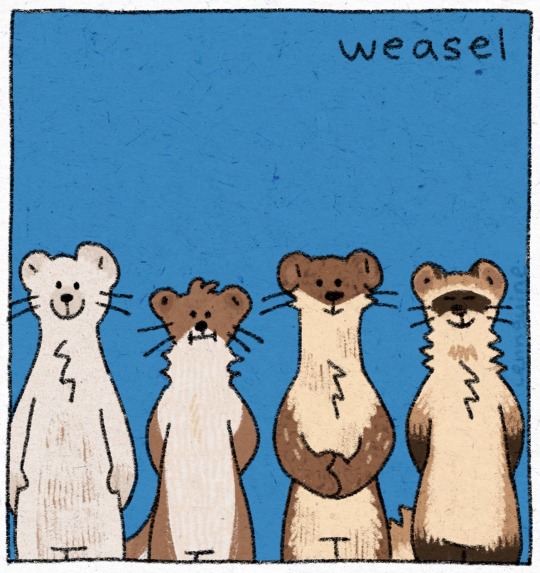
say it ain't stoat
31K notes
·
View notes